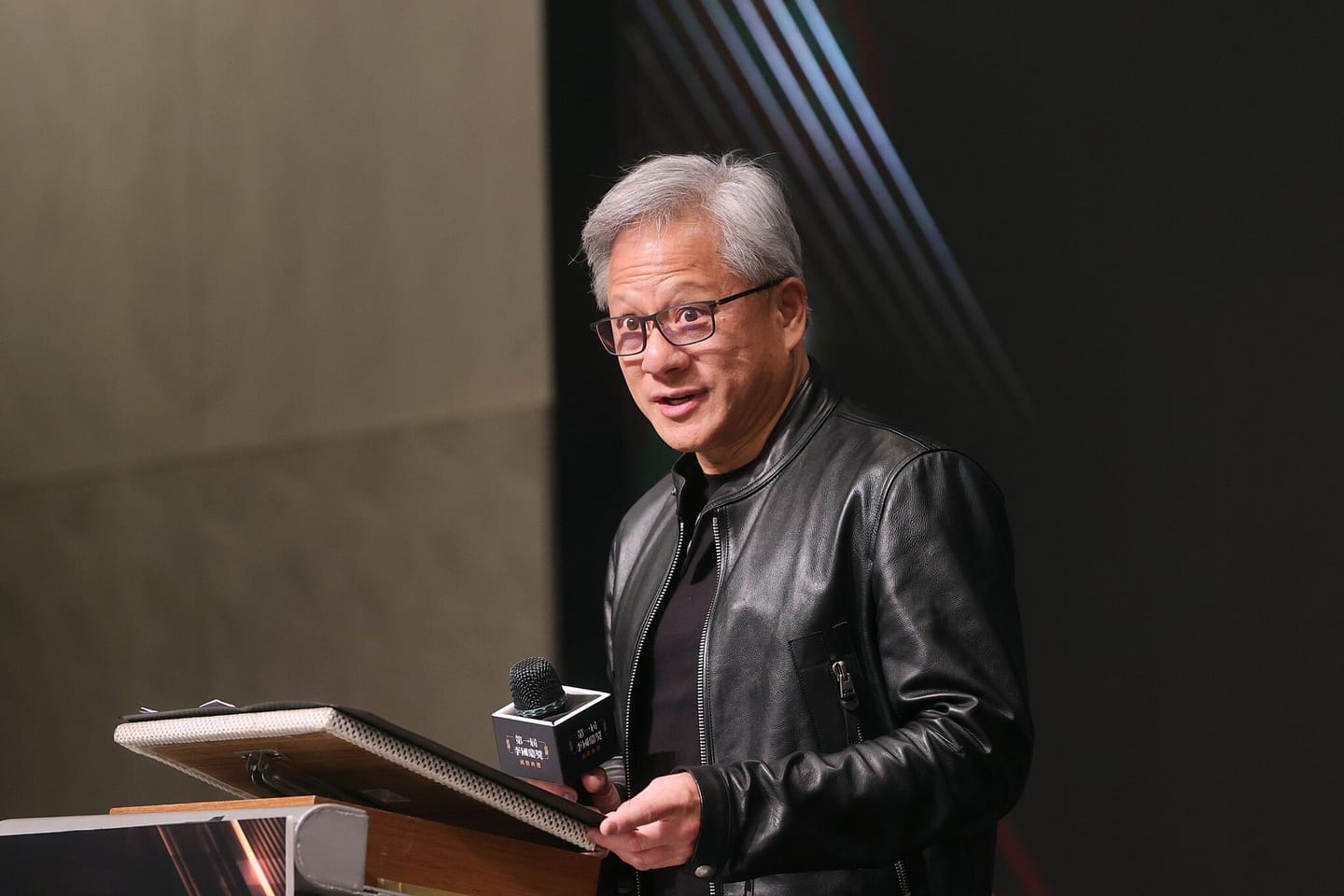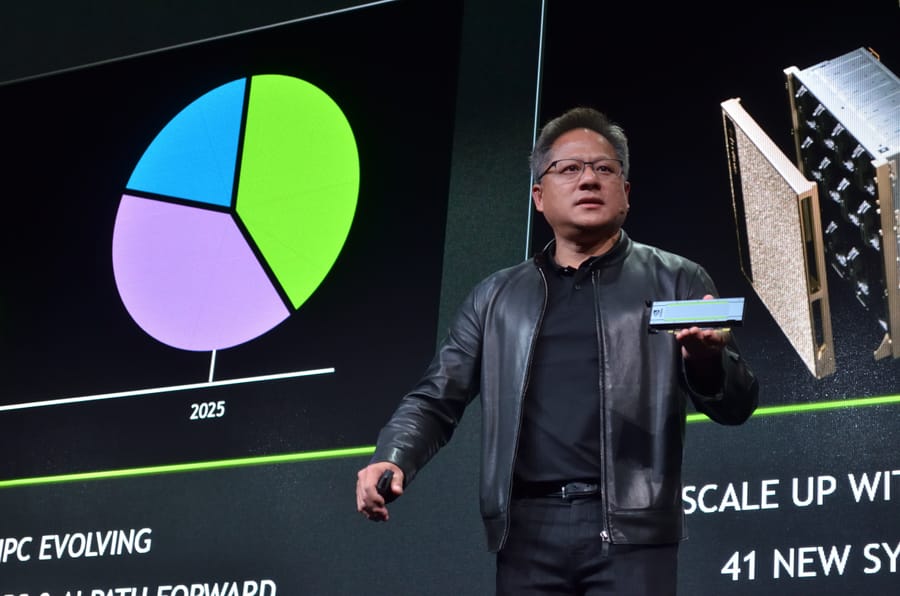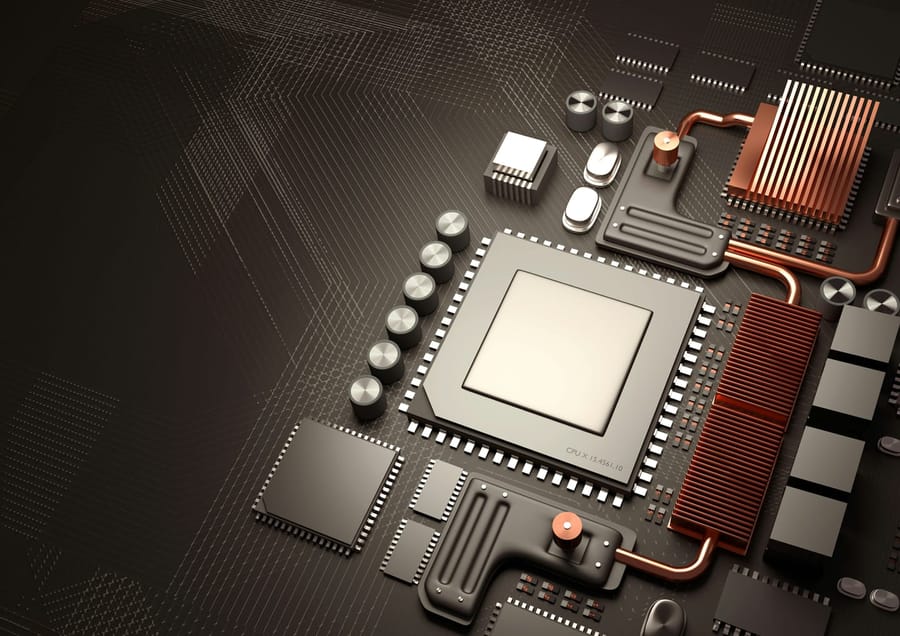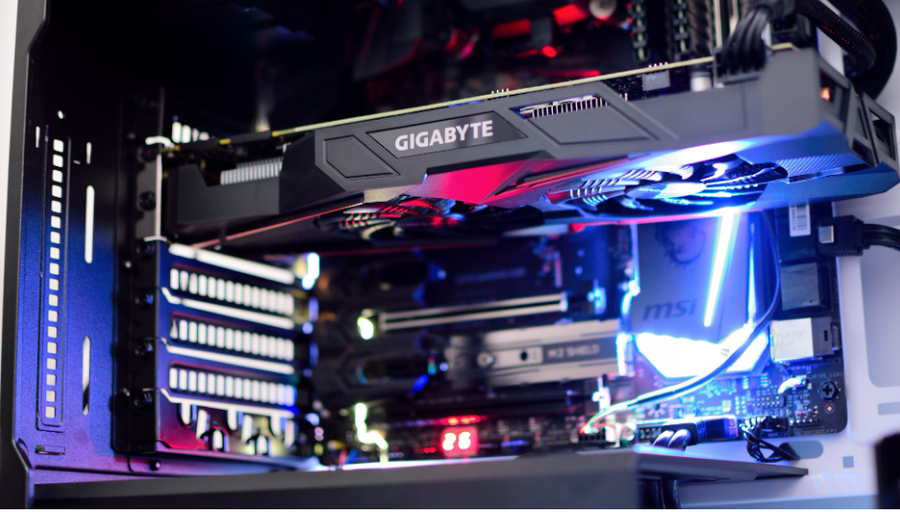NVIDIA’s annual GPU Technology Conference (GTC) in March 2025 drew significant interest, but investors responded with muted enthusiasm to CEO Jensen Huang’s two-hour keynote speech, resulting in a 3.4% drop in the company’s share price on 18 March. Investors had anticipated announcements of new revenue streams; instead, the company focused on future development plans and areas such as robotics and quantum computing, which are not expected to deliver substantial revenue growth in the short term.
According to the product development roadmap unveiled at the conference, NVIDIA plans to release a new product every 12-18 months. The next-generation Vera Rubin platform is scheduled for release in the second half of 2026, offering 3.3 times the performance of the current Grace Blackwell system, featuring 144 graphics processing units (GPUs). This will be followed in the second half of 2027 by the Vera Rubin Ultra, which will offer 14.4 times the performance and 576 GPUs compared to Grace Blackwell. The updated roadmap suggests that Rubin will be an incremental update in 2026, while Rubin Ultra will represent the more significant leap forward in 2027, according to Blayne Curtis, an analyst at Jefferies. Industry analyst Maribel Lopez told MarketWatch: This isn’t like buying a laptop; customers need time for things like budgeting and planning power consumption.
With its rapid development capabilities, NVIDIA continues to hold an edge over its competitors, successfully adhering to its 12-to18-month product development schedule. During the conference, Huang also introduced the Feynman platform, planned for 2028 and named after theoretical physicist Richard Feynman, in line with NVIDIA’s tradition of naming products after prominent scientists. Although investors may have been disappointed in the short term, NVIDIA’s long-term strategy continues to secure a strong position in the rapidly growing AI infrastructure market, where the company aims to establish itself not just as a chipmaker but as a comprehensive AI infrastructure provider.
Sources:
1.
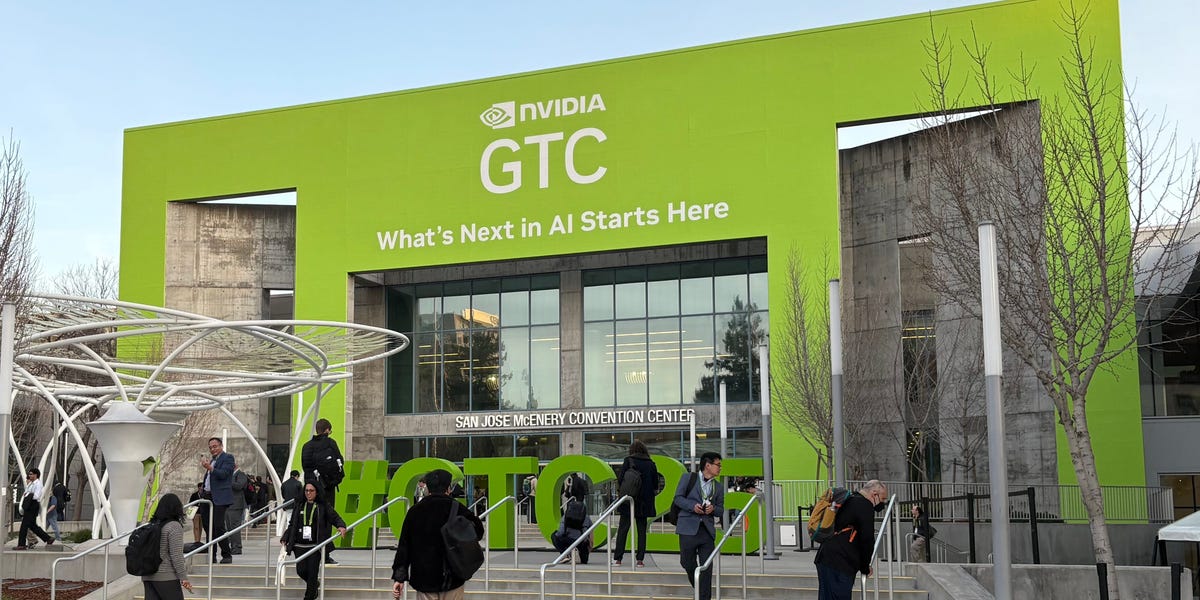
2.
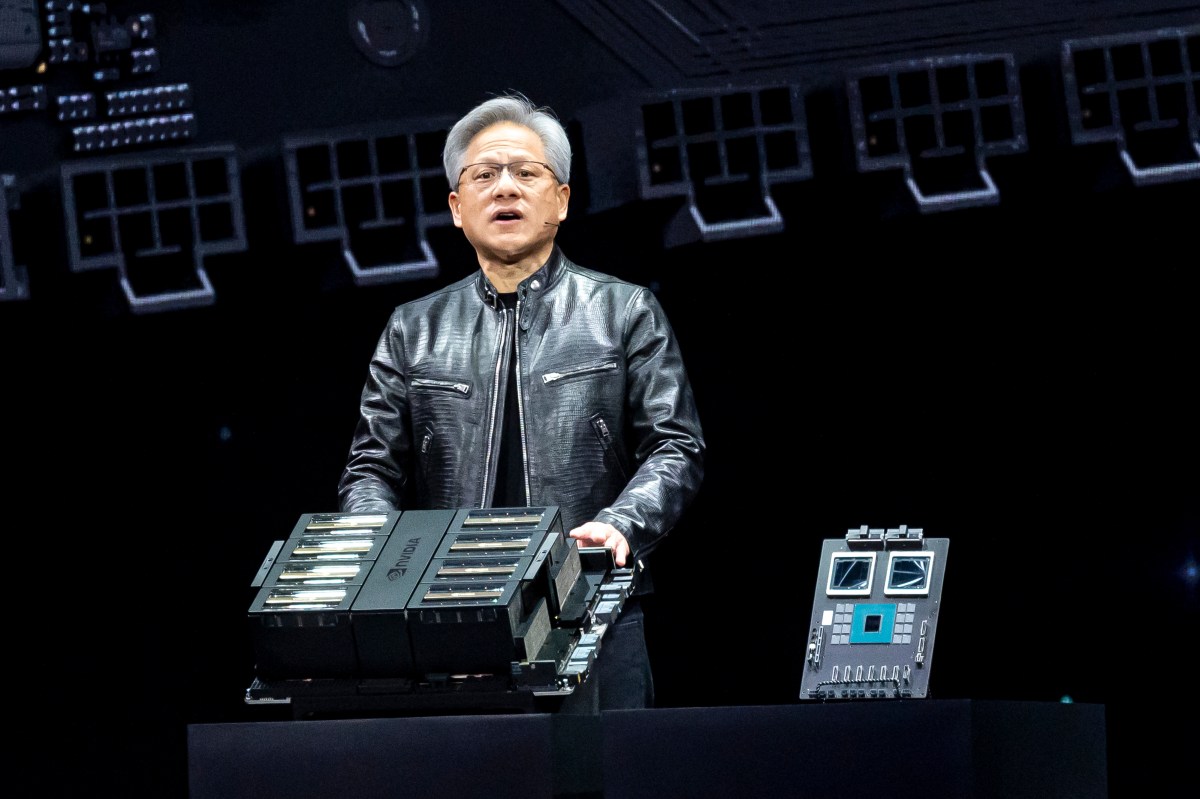
3.

4.

Why Wall Street wasn’t impressed with Nvidia’s latest event.
